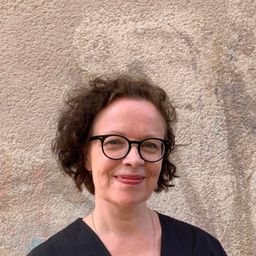Finnish company towns of forest industry as model communities
My Session Status
What:
Paper
When:
10:00, الثّلاثاء 30 أغسطس 2022
(20 minutes)
Where:
UQAM, pavillon J.-A. De Sève (DS)
- DS-1580
The forest industry was at the forefront of Finland’s rapid industrialization in the beginning of the 20th century. Industrialization created economic success and left its dynamic mark on built heritage of the company towns, as prosperity was also manifested in architecture and planned green areas. In my paper, I will analyse the ideas of 20th century urban design which were implemented in the architectural planning of two of these Finnish company towns: G.A. Serlachius Oy in Mänttä and by United Paper Mills in Myllykoski.
In Finland, there were several private forest industry companies that built housing, schools, churches and other social welfare amenities for the workers in the 20th century, some of them even earlier. The concept that best describes this project, especially between the two world wars and right after the war, is welfare capitalism. The private companies took care of the industrial communities surrounding their factories in a manner which was later assumed by the state and municipalities. In addition to economic growth, there were sociopolitical reasons behind building up the industrial communities. Forest industry companies struggled to restore peace after the Finnish civil war and to continue their production. It was a goal-oriented and guided construction where the idea behind the assignments given to the architect was to get the right, aesthetically high quality and beautiful community. In this, architecture is linked to the political, economic and cultural contexts of time.
Mänttä and Myllykoski represent model communities built by industrial companies, whose international role models from Europe and the United States are known from architectural and urban studies, eg. such as Bournville and Port Sunlight in England. Finnish factory towns have not been directly understood as their heirs, although an ideal community project was implemented in Mänttä and Myllykoski, for example. The scale of construction was more modest than their examples and the implementation of the plans remained partially fragmented. However, the welfare measures and aspiration pursued to an aesthetically high model community. This paper is based on my dissertation (2019) on the subject. In it I studied the architecture of industrial communities constructed by forest industry companies from the perspective of co-operation and social networks of an architect and his clients between the two World Wars.
In the latter decades of the 20th century, the globalization of the paper and pulp industry has transformed these industrial towns: both when deindustrialization hit the sites and also in the cases when it has grown to be global and the production level has multiplied over the years.
In both of the cases I studied, the success of the forest industry’s economic growth was – and still is – visible in the built structure and architecture of the entire community. Both are now valued as nationally significant built cultural environments mostly through their industrial history. This means juridical status, but preservation will not alone save these industrial towns. Industrial heritage is one key point in developing these areas, but placemaking can also be done with other existing qualities. There is a well-known art museum of Serlachius’ collection in Mänttä and in Myllykoski there is a vital community or members of it, who have taken care of the few architecturally and culturally important buildings built by the company, but now acquired by a local businessman. Placemaking could be an interesting method to apply locally in both these towns and the communities. I will suggest that tangible and also intangible industrial heritage should be an integral part of it.
